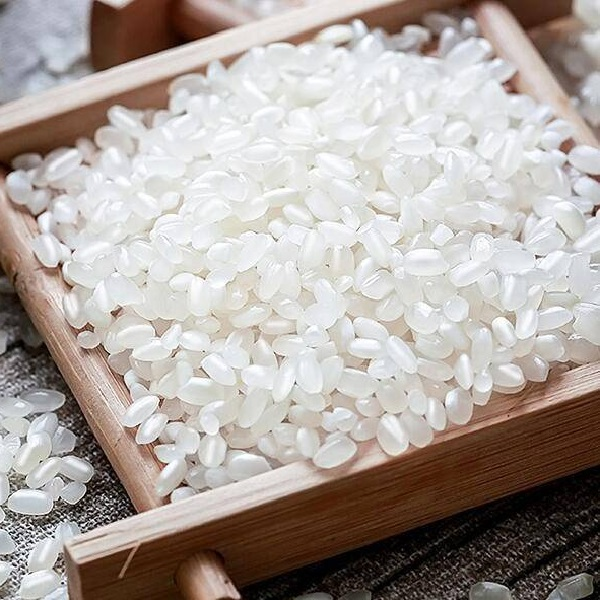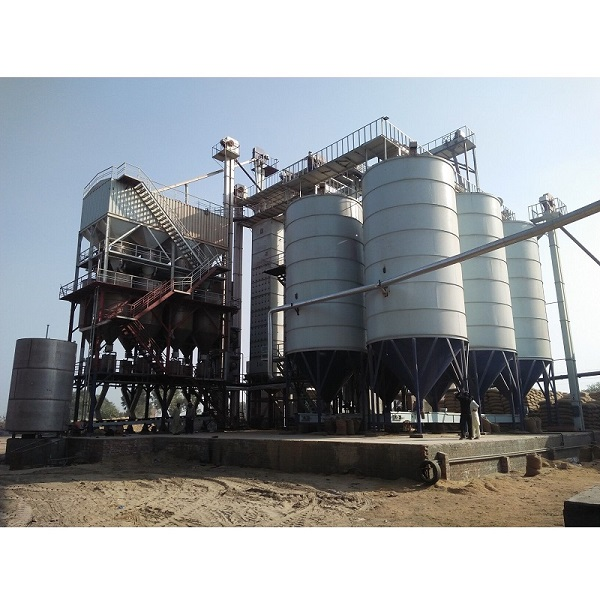Marketable rice is generally in form of white rice but this type of rice is less nutritious than the parboiled rice. The layers in the rice kernel contain majority of the nutrients that are removed during polishing of white rice. Many of the nutrients needed for digestion of white rice are removed during the milling process. Vitamins like vitamin E, thiamin, riboflavin, niacin, vitamin B6, and several other nutrients namely potassium, phosphorus, magnesium, iron, zinc and copper are lost during the processing (milling/polishing). There is generally little change in quantities of amino acids. White rice is fortified with minerals and vitamins in form of powder which are washed out during cleaning with water before cooking.

Parboiled rice is steamed before removal of husk. When cooked, the grains are more nutritious, firmer, and less clingy than white rice grains. Parboiled rice is produced by a process of soaking, pressure steaming and drying prior to milling. This modifies the starch and permits the retention of much of the natural vitamins and minerals in kernels. The rice is usually slightly yellowish, although the color changes after cooking. Sufficient quantities of vitamins (B’s) are absorbed into the kernel.
The traditional parboiling process involves soaking rough rice overnight or longer in water followed by boiling or steaming the steeped rice to gelatinize the starch. The parboiled rice is then cooled and sun-dried before storage and milling. Modern methods with rice parboiling machines involve the use of a hot-water soak for a few hours. Parboiling gelatinizes the starch granules and hardens the endosperm, making it translucent. Chalky grains and those with chalky back, belly or core become completely translucent on parboiling. A white core or center indicates that process of parboiling of the rice has not yet completed.
Parboiling makes processing of rice by hand easier and improves its nutritional value and changes its texture. Manual polishing of rice becomes easier if the rice has been parboiled. However, it is more difficult to process mechanically. Reason for this is oily bran of parboiled rice that clogs machinery. Milling of parboiled rice is done in similar way as white rice. Parboiled rice takes less time to cook and the cooked rice is firmer and less sticky than white rice.
Capacity: 200-240 ton/day
Parboiled rice milling uses steamed rice as raw material, after cleaning, soaking, cooking, drying and cooling, then press the conventional rice processing method to produce the rice product. The finished parboiled rice has fully absorbed the nutrition of rice and has good flavor, also during the course of boiling it killed the pest and make rice easy to store.

Post time: Feb-22-2024

